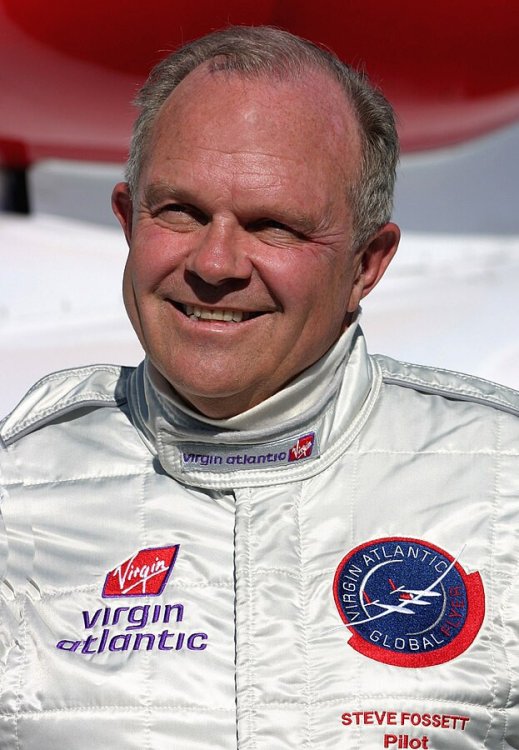Could anyone circle the globe in 80 days? That’s for sure, as it has been proven not only by the characters of Jules Verne’s adventure novel, Round the World in Eighty Days, but also by the people who were very inspired by his story and followed the route described in the book. What if we cut that down to 13 days? To make it more challenging, let’s propose one makes such a journey alone, and not in the easiest way possible – flying a hot-air balloon without a single landing. This was the goal pursued by American millionaire Steve Fossett. After carefully planning the details of his journey, he went on his way in 2002.
Airborne for 13 days, having traveled 31,000 at a ground speed of approximately 300 km/h depending on the wind speed: that’s how the former stock-market mogul from Chicago made his long-range flight. His balloon, called the Spirit of Freedom, departed the West Australian town of Northham on June 19th, 1999. On the fifth day, Steve Fossett flew into storm clouds and his journey was nearly terminated halfway, but fortunately he was able to return to Australia by July 3rd.
He landed in Queensland, and his flight became then the fastest in the world in terms of both distance covered daily and peak speed (320 km/h). It also became also the longest single-man balloon flight. Hours before landing, the gondola of Fossett’s balloon caught fire. According to the traveler, the fire occurred due to a ruptured hose supplying propane to the burner for heating the air inside the balloon. However, even with this incident in mind, he managed to complete his flight, as his main objective was to land at the same longitude where the “great sky sailing” began – it was 117 degrees East.
Steve Fossett had idea of circling the globe much earlier but his previous six flights all faced bad luck. For example, his 1997 circumnavigation was cut short by a forced landing in Russia’s Krasnodar Krai, and in August 1998 Fossett had ditched in the shark-filled Coral Sea… But as he departed on his next flight, he was much less worried about a crash landing than common cold. He shared his concerns in 2002: “Low-pressure oxygen is not good for nostrils and bronchi. There is a great chance of catching pneumonia.”
In 2016, this flight was replicated by Russian traveler Fyodor Konyukhov. After a year of preparations, he completed his non-stop, one-man, round-the-world flight aboard a balloon even faster – in 11 days, setting a new world record.
Photo on the homepage: TONY ASHBY/AFP via Getty Images/simpleflying.com
Photo on the article page: Mary Frances Howard






















